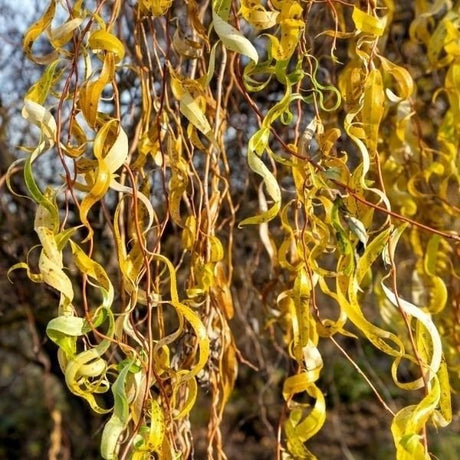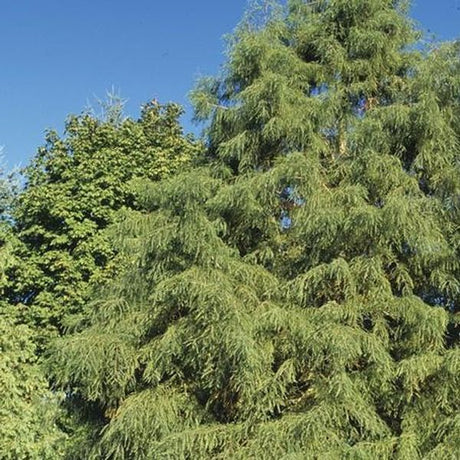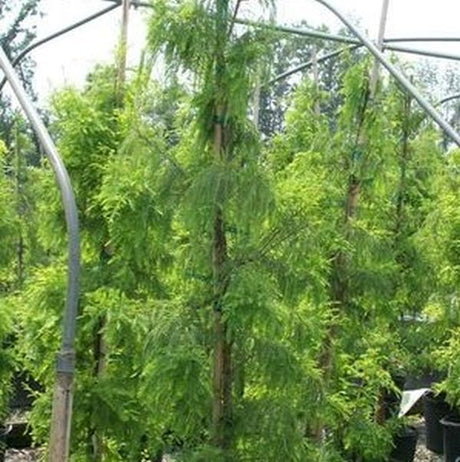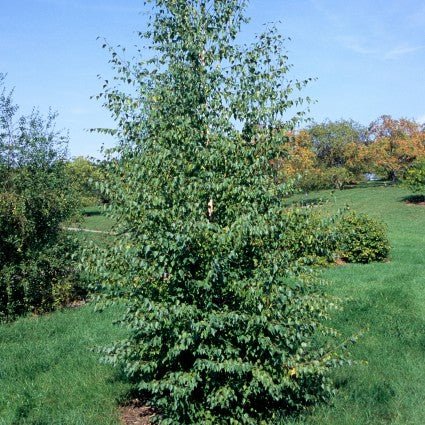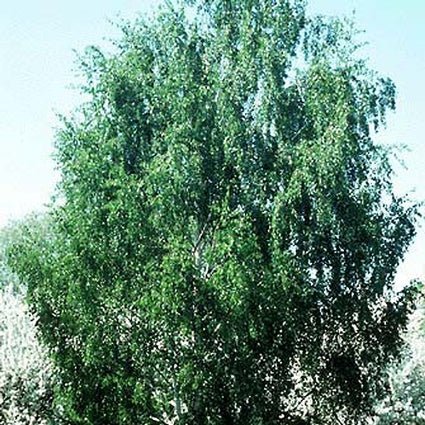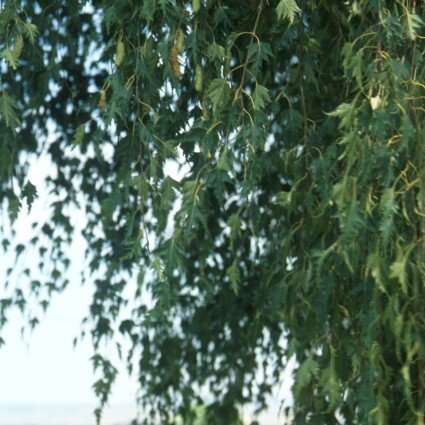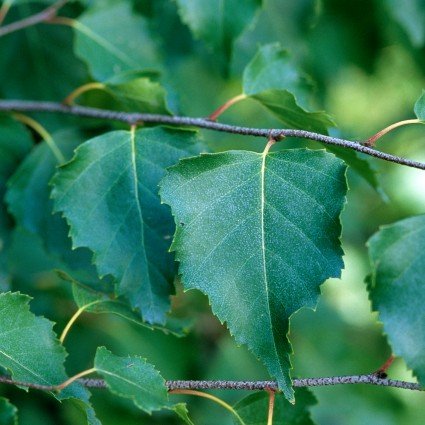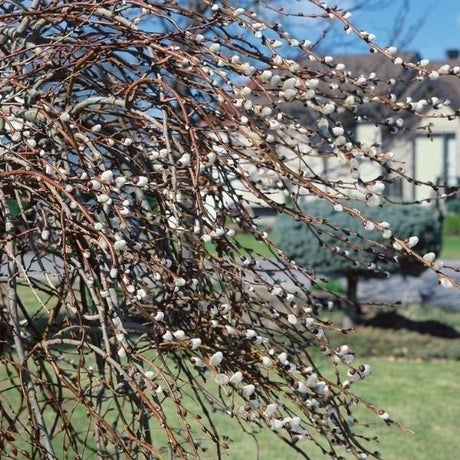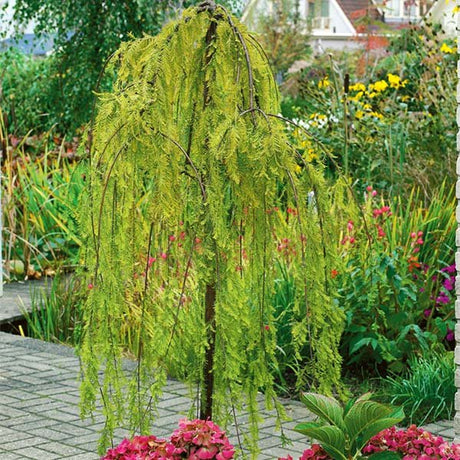- Regular price $3529Unit price /Unavailable
- Regular price From $4829Unit price /Unavailable
- New arrivalRegular price From $10600Unit price /Unavailable
- New arrivalRegular price From $11314Unit price /Unavailable
- Regular price From $8911Unit price /Unavailable
- New arrival
- Sold outRegular price From $39500Unit price /Unavailable
- Sold outNew arrivalRegular price From $8499Unit price /Unavailable
- Sold outNew arrivalRegular price From $5999Unit price /Unavailable
- Regular price $000Unit price /Unavailable
- Sold outNew arrivalRegular price $000Unit price /Unavailable
- Sold outNew arrivalRegular price From $4495Unit price /Unavailable
- Sold outNew arrivalRegular price From $14669Unit price /Unavailable
- Sold outNew arrivalRegular price $000Unit price /Unavailable
- Regular price $000Unit price /Unavailable
- Sold outNew arrivalRegular price $9483Unit price /Unavailable
- Sold out
Shiloh Splash River Birch Tree
Regular price $11954Unit price /Unavailable- Regular price $000Unit price /Unavailable
- Regular price $8999Unit price /Unavailable
- Sold outRegular price $17999Unit price /Unavailable
- Regular price $13499Unit price /Unavailable
- Sold outRegular price $14999Unit price /Unavailable
- Sold out
- Sold out
- Sold outNew arrivalRegular price From $5495Unit price /Unavailable
Shop Wetland Trees at Nature Hills Nursery

Bring beauty, shade, and habitat to your landscape with trees that thrive in wet soils. Wetlands, often called marshes or swamps, play a vital role in filtering water, controlling floods, and supporting wildlife. The right trees can transform soggy ground into a thriving ecosystem while adding long-lasting value to your property.
At Nature Hills Nursery, you'll find a wide selection of trees adapted to wet conditions, including Oaks, Maples, Dogwoods, and other moisture-loving varieties. These hardy trees are chosen for their ability to handle seasonal flooding, standing water, or consistently damp soils, all while providing shade, vibrant foliage, and food for birds and pollinators.
Why Wetlands Matter
Wetlands are one of the most valuable ecosystems on Earth:
-
Natural flood control: They absorb excess water during rainy seasons.
-
Water filtration: Wetlands remove sediments, fertilizers, and even toxic chemicals from runoff.
-
Wildlife habitat: They provide food and shelter for amphibians, reptiles, shorebirds, ducks, and furbearers.
- Environmental services: Some regions of the U.S. even use wetlands as natural sewage treatment systems.
Choosing Plants and Trees for Wetlands

The first step is selecting plants and trees that are hardy within your growing zone. Always verify suitability with a trusted expert or consult Nature Hills Nursery before planting. You might be surprised to learn that various Oaks, Maples, and Dogwoods grow well as wetland trees.
Rain garden and wetland plants are in demand not only for their beauty but also for the vital role they play in supporting healthy ecosystems.
Top Wetland and High Moisture-Loving Trees:
- Bald Cypress (Taxodium distichum): Iconic wetland tree that thrives in standing water and provides habitat for wildlife.
- River Birch (Betula nigra): Fast-growing with peeling bark; tolerates flooding and poorly drained soils.
- Red Maple (Acer rubrum): Very adaptable; one of the most common native trees in U.S. wetlands.
- Pin Oak (Quercus palustris): Strong, pyramidal oak that thrives in wet, acidic soils.
- Swamp White Oak (Quercus bicolor): Native oak that handles seasonal flooding and wet soils well.
- Black Gum / Tupelo (Nyssa sylvatica): Excellent for soggy areas, with brilliant fall foliage.
- Green Ash (Fraxinus pennsylvanica): Naturally found in river bottoms and floodplains.
- Willow (Salix species, e.g., Black Willow): Classic water-loving tree, often growing right along streambanks.
- Sweetbay Magnolia (Magnolia virginiana): A semi-evergreen tree that thrives in swampy ground.
- American Sycamore (Platanus occidentalis): Tolerates flooding and poor drainage, often found along rivers.
Shop For Wetland Plants Now
With the highest species diversity of any ecosystem, wetlands are essential to both people and wildlife. As awareness grows, more gardeners, landowners, and conservationists are asking about wetland plants, and for good reason.
Whether you're restoring natural habitat, planting for conservation, or simply beautifying a wet area in your yard, our wetland trees deliver both function and curb appeal. Shop trusted, nursery-grown selections shipped right to your door and create a healthier, more resilient landscape at Nature Hills!
FAQS for Buying Wetland Trees Online
What types of trees grow best in wetland environments?
What types of trees grow best in wetland environments?
Many people are surprised to learn that certain species of oak, maple, and dogwood trees thrive in wetland areas. These trees are adapted to tolerate standing water and saturated soils, making them ideal for planting in marshes, swamps, and other low-lying wet zones.
How do I choose the best wetland plants for my USDA growing zone?
How do I choose the best wetland plants for my USDA growing zone?
When selecting wetland plants, it’s important to match the species with both your USDA hardiness zone and the specific moisture and sunlight conditions of your site. Consulting with an expert or calling Nature Hills Nursery can help ensure the plants you choose will thrive in your wetland environment.
Why are wetlands important for the environment and water quality?
Why are wetlands important for the environment and water quality?
Wetlands serve as natural filtration systems that remove sediment, chemicals, and pollutants from runoff and groundwater. They also reduce flooding by absorbing excess water and play a critical role in maintaining healthy water supplies and biodiversity.
What role do wetlands play in supporting wildlife and biodiversity?
What role do wetlands play in supporting wildlife and biodiversity?
Wetlands are among the most biologically diverse ecosystems, supporting species like amphibians, reptiles, ducks, wading birds, and mammals. By planting native wetland trees and plants, you help create critical habitat for wildlife and protect threatened species.
Can wetlands be used as natural water treatment systems?
Can wetlands be used as natural water treatment systems?
Yes, in some parts of the U.S., wetlands are being utilized as eco-friendly sewage and wastewater treatment areas. Their ability to filter out toxins and absorb pollutants makes them an effective and sustainable solution for water purification.














































